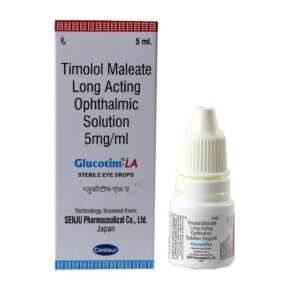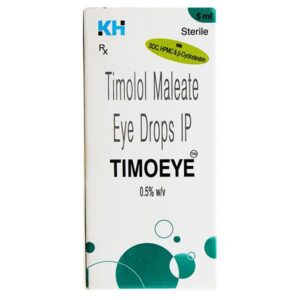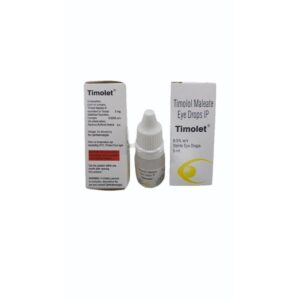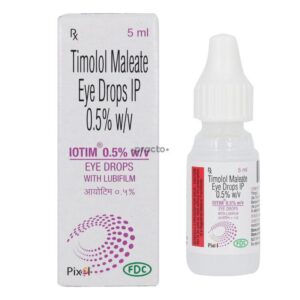TIMOLOL
TIMOLOL: Timolol is a medication that belongs to a class of drugs known as beta-blockers. It is primarily used to lower high blood pressure, prevent migraines, and treat glaucoma.
In terms of blood pressure, Timolol works by blocking the effects of adrenaline on beta receptors in the heart and blood vessels. This results in reduced heart rate, decreased force of contraction of the heart, and relaxation of blood vessels, leading to lowered blood pressure.
For the prevention of migraines, Timolol is thought to work by reducing the sensitivity of blood vessels in the brain, preventing the release of certain chemicals that can cause migraines.
When used to treat glaucoma, Timolol reduces the production of fluid inside the eye, thereby lowering pressure within the eye.
The dose of Timolol may vary depending on the condition being treated. For high blood pressure and migraines, the oral dose typically ranges from 10 to 20 mg taken once or twice a day. For glaucoma, the usual dose is one drop of Timolol 0.25% or 0.5% solution applied to the affected eye(s) twice a day.
Like any medication, Timolol may have side effects. Common side effects may include tiredness, dizziness, slow heart rate, low blood pressure, cold hands and feet, shortness of breath, and gastrointestinal disturbances such as diarrhea or nausea. Rare but serious side effects may include severe allergic reactions, worsening of lung conditions, depression, and changes in blood sugar levels.
It is important to note that Timolol should not be stopped abruptly as this may worsen certain medical conditions. It is best to consult with a healthcare professional before starting or discontinuing treatment with Timolol.





